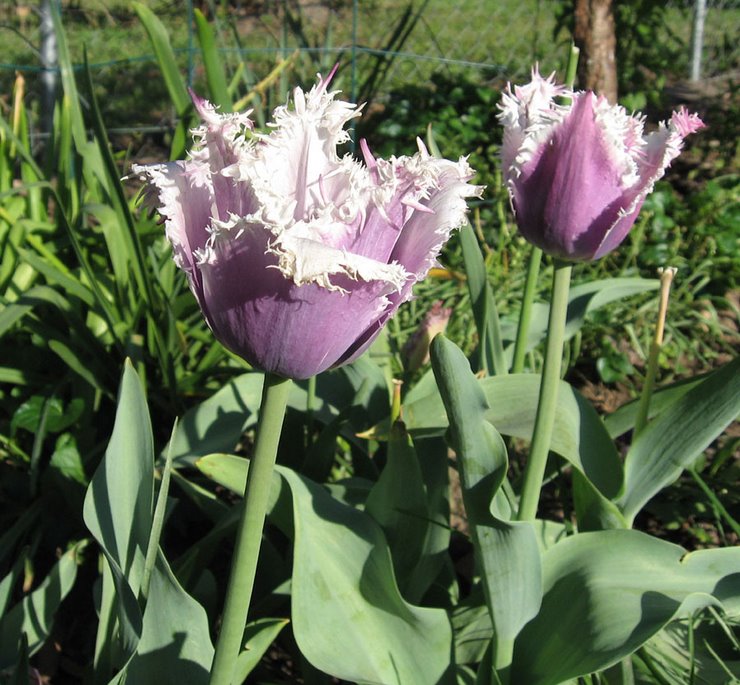One of the less positive effects of the rainy summer we have had here, is the outbreak of black spot. Black spot is one of the most common diseases of roses. Caused by a fungus, it first shows up as black spots on the leaves, then yellowing of the leaf, which finally drops off. If the disease is allowed to spread, the entire rose bush may become defoliated.
 |
| White roses |
The fungus becomes active when spores are kept wet for seven hours. Once they germinate, symptoms show up in three to five days. New spores can form within another ten days, spreading the disease further. The defoliation weakens the plant, which will bloom less, and be more susceptible to other diseases, insects, or weather stresses.
 |
| Black spot on rose leaves |
In the spring, while the roses are still dormant, prune any diseased canes back to healthy wood, then spray with fungicidal soap. Once leaves are fully open, you could apply a spray of neem oil extract. Spray weekly throughout the growing season, as long as the weather is humid or wet.
To avoid problems with black spot, choose resistant types of roses. Plant them far enough apart to have good air circulation, and in a place where they will get 6-8 hours of sunlight daily. Morning sunlight is especially beneficial, as it will help dry off dew that accumulates overnight. Prune the roses to an open form, so that air moves freely. Also prune trees and shrubs near your roses to allow maximum sunlight and air to reach the roses.
The traditional organic spray for black spot is a baking soda solution, though there is doubt as to its effectiveness. If you would like to try it, here is how. Dissolve 1 teaspoon of baking soda in a quart of water. Add a few drops of liquid soap such as Ivory dishwashing liquid (make sure it's soap, not detergent) to help it cling to the foliage. Spray infected plants thoroughly.
Another organic spray that may help with black spot is vinegar. Mix 1 tablespoon of apple cider vinegar to a quart of water. If it rains, respray immediately.
Some gardeners alternate, spraying with baking soda or vinegar one week; then with neem oil the next.
The best protection against black spot is to follow the cultural methods listed above; and to inspect your plants often, removing infected leaves promptly, before the disease can get a foothold in your garden.

No comments:
Post a Comment